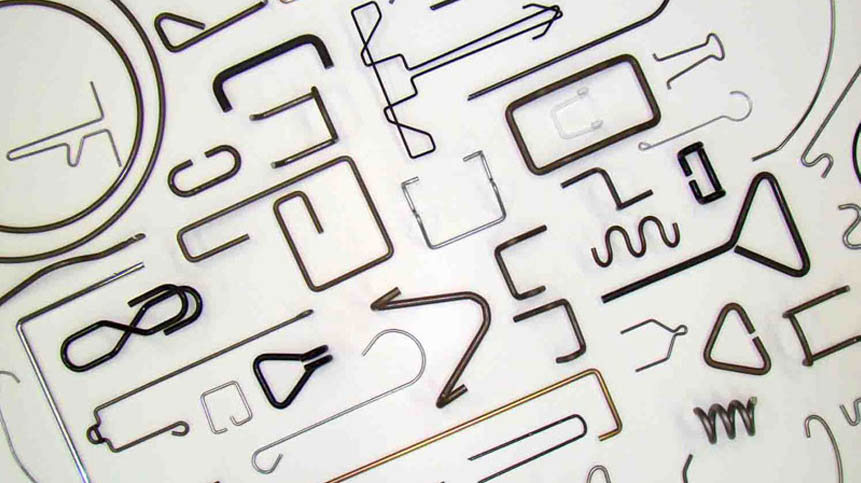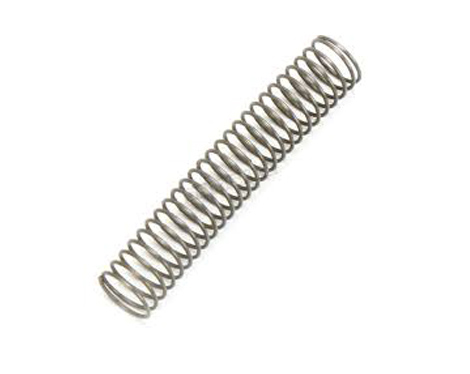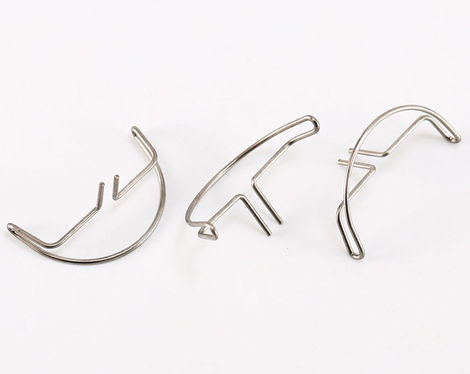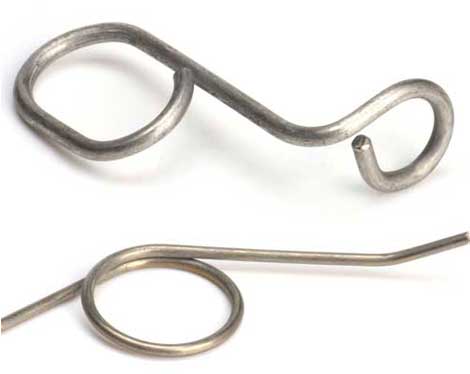Speaking of spring, many people are familiar with it, and it is widely used in life. Springs have tension springs and compression springs. In this article, what needs to be explained is the characteristics of tension springs, which are often used in hand tools, shock absorbing equipment, switchgear machines, control valves and other tools, and are useful in various fields. And the materials are varied. Here, the editor elaborates on the characteristics of the extension spring and how to detect its characteristics, to help everyone understand the extension spring.
1. What is a stainless steel extension spring?
An extension spring is a helical spring that bears axial tension. It uses the tension after stretching to store energy. After it is pulled apart, it will try to pull back to its original state to generate resistance. When there is no load, the coils of the extension spring are tight together, so the tightness of the extension spring coil is determined by the initial tension. Stainless steel extension spring is a tension spring made of stainless steel.
The closure of the tension spring usually has thread embedded, cross center pull ring, pull hook, enlarged small hole, narrowed small hole, rectangular closure and drop-shaped closure. The length of the closure from the spring body can be determined according to the specific situation. The more common is the hook extension springs, whose "hook" is the source of the tension, and its shape is usually a circular cross-section for easy fixing to the component it is connected to.
Key elements of extension spring design
(1) The required tension, that is, the weight that can be loaded, determines the material and wire diameter and adjustable length of the tension spring. Spatial range, knowing the spatial range, can determine the outer diameter, free length and number of windings of the tension spring.
(2) For extension springs, extension springs are helical springs under axial tension. For extension springs, it is usually made of circular cross-section material. Without the weight of the load, the tension between the spiral coil spring is usually tight with no gaps between the rings.
2. The application of stainless steel extension spring
Stainless steel tension springs occupy an important position in the world sales market. From small and medium-sized medical service equipment to mechanical equipment brake springs in the suburbs, you can customize a variety of stainless steel extension springs buckles and hooks, and the adjacent coils are in close contact. Collision produces initial tension, which helps control load and stiffness, and is widely used in national defense, marine, computer, electronic devices, vehicles, molds, medicine, cell biology, aerospace, railways, nuclear power plants, wind power, thermal power plants, construction machinery equipment, mining equipment, construction machinery, elevator cars and other industries.


 English
English 

